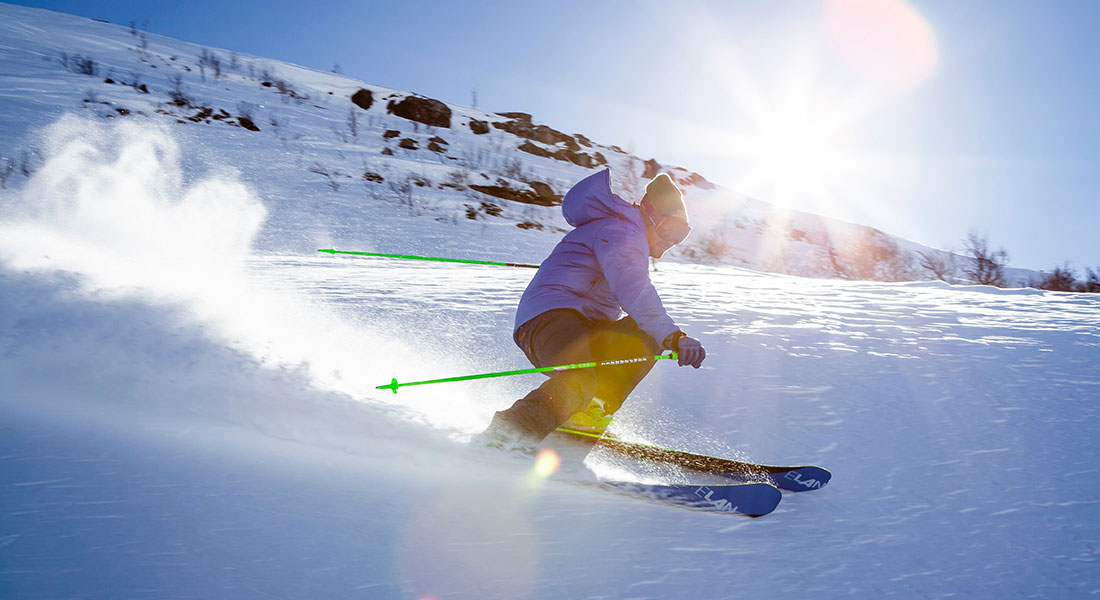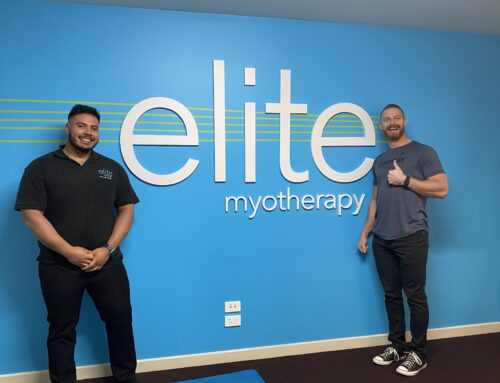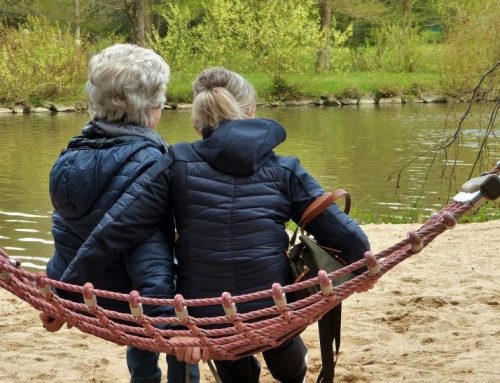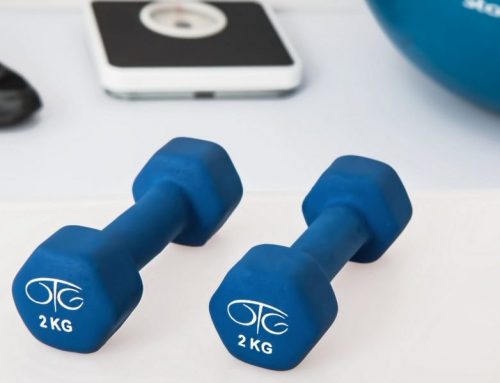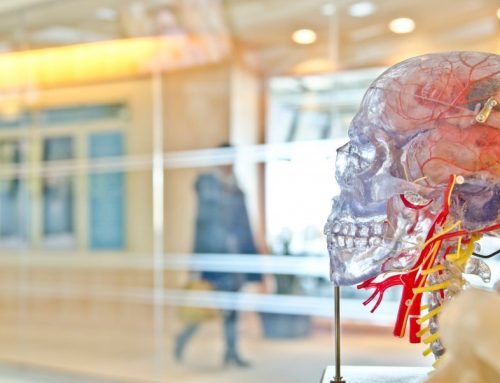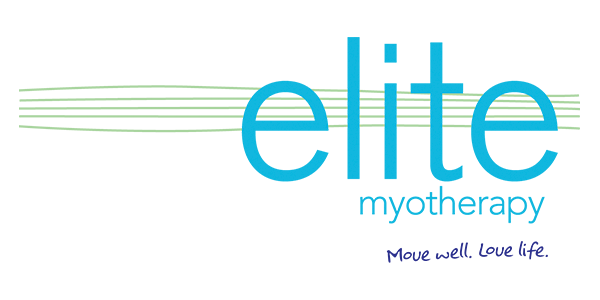Elite Myotherapy tips for preparing for Snow Skiing & Snow BoardingAre You Prepared?
To get the most out of your snow sports, being fit and ready before you start means you won’t have to spend most of your skiing/boarding sore and tired.
The ideal preparation is about 3 months or at least 6 weeks to get a decent amount of muscle strength to be ready for snow sports.
To get the most out of your skiing preparation, you can approach your local Pilates studio, personal trainer or Myotherapist to put you through your paces. All these places should be able to design a personalized program to get the best out of your training, with your particular needs, strengths and weaknesses and potential injuries in mind.
Here are 5 exercises that can be performed at home to get you started.
1. Core Stability
The deep abdominal muscles, in particular a muscle called Transverses Abdominus, provides the foundation to keep your back stable. This is to protect it no matter which activity you do. It should be performed at the start of your workout, so that it continues to stay activated and working throughout the rest of the exercises.
Lying on your back with your knees bent, draw your stomach in below your belly button. Place one hand above the belly button and one below. You should feel the stomach pull away from the bottom muscle and not the top muscle. Holding this muscle in, lift one leg up and extend it out straight. Then take the leg out to the side. Stop at the point that you feel you can no longer maintain a contraction of the muscle below the belly button only. Repeat 10 on each side.
2. Gluteal muscles
The most important power muscle. The glutes give you most of your propulsion when walking and works together with your core stabilizers to keep you body upright.
Lying on your back, knees bent, extend one leg out straight. Lift your bottom up in the air so that your body is straight with contracting the glute into the hamstring. Hold for 3 sec, and repeat 8 times. This is harder than it seams at first, especially if you hold for the whole 3 seconds.
3. Quadriceps
These are important power muscles for skiing and the main stabilizers of your knees.
Start in a lunge position. Make sure you can see your toes in front of your knee. Step back to meet your other leg, and step forward back to the starting position. This works the quadriceps in an eccentric manner, which is the best way to build muscle strength and control as well a recruiting your gluteals at the same time.
4. Calves
The calf muscles are very important in snow sports as they are working all the time, due to constantly leaning forward. Weak calves will result in poor technique because you will naturally lean backwards.
Step onto a step with the ball of your foot and raise up onto your toes. Then slowly lower yourself down. Do 3 repetitions 8 times.
5. Upper body
Underestimated for snow sports, you will find you need it when using your poles, walking uphill or picking yourself up when you fall.
Start in a Push-up position (on your knees is fine). Keeping your shoulder blades back, slowly lower yourself down and hold for 3 seconds then come up. You should feeling triceps and chest muscles working. Repeat 10 times.
The whole process should be repeated for 3 sets, and ideally at least 2-3 times a week for the maximum benefit. Injuries in snow sports are actually very low compared to most other sports.
In skiing there’s 1.74 injuries per 1000 days skied, and in snow boarding a little higher, 3.55 injuries per 1000 days skied. Most are minor, including bruises and cuts, however it is worth being aware of the more serious ones.
1. Skiing
Knee Injuries – In particular tear to the Medial co-lateral ligament, the ligament on the inside of the knee. It tends to occur with a twisting fall or a snow plough gone wrong. Most are minor and will recover, but some are more serious and can involve the Anterior Cruciate Ligament and need to be seen by a surgeon. If you are unsure, make sure it is examined by your doctor or ideally a sports medicine physician.
Shoulder injuries – Can vary for a minor sprain of the AC joint to a full shoulder dislocation. Usually occurs when you fall onto an out stretched hand. If you have dislocated your shoulder, make sure you are seen by the doctor. Do not get your friends to just put it back in. This could cause nerve damage or you could be missing an underlying fracture.
Thumb Injuries – Underestimated with serious long term consequences. These injuries occur when you fall and pole handles act as a lever to stretch the ligament. Again you should get this seen by a sports physician who is used to seeing these injuries and manage it appropriately.
2. Snowboarding
Wrist fractures occur in 25% of all snow boarding injuries and much more likely than with skiing. They occur when putting your hands out to fall with your feet being bound to the snowboard. To reduce the chance of a wrist fracture by 85% wear a proper wrist guard made for snowboarding. This is a no brainer, but only about 10% of snowboarders wear guards.
Ankle Fracture – Not common, but with very serious consequences. They generally occur with soft boots and can often be dismissed as just a sprain. If you continue to have pain after a sprain for more than 7 days, talk to your doctor about getting a CT scan, an x-ray is not enough. If they say it is not needed, insist or see a sports physician.
Spinal and head injuries – Although not exclusive to snowboarding, worth mentioning. The most dangerous head injuries are from collisions with stationary objects, such as trees, when travelling at moderate to high speed. A helmet will prevent most minor head injuries, but if you are travelling at a high speed, the helmet may not be enough. If you experience any symptoms after a head injury, such as lost consciousness, make sure you are seen by a doctor.
Finally, some general safety tips, that are important for everyone to get the most from your snow sports.
Take lessons from a professional – More injuries occur when you do not know what you are doing. A professional can teach you the right technique, especially techniques on how to fall properly as a snowboarder so that you do not hurt yourself.
Recognize when you are tired – Most injuries occur after lunch or towards the end of the day when you are tired. Take a break, there will always be snow the next day or on your next trip.
Wear a helmet – The designs are better and cooler than they used to be. They are also great when it’s snowing, because the snow doesn’t fall on your head and make your hair or beanie wet. They also of course may prevent most minor head injuries.
Snowboarders – Wear a wrist guard for boarding. 85% less risk of a fracture, this is a no brainer
Watch out for trees – Shallow ground next to a tree can be deceptive and could mean a serious fall.

